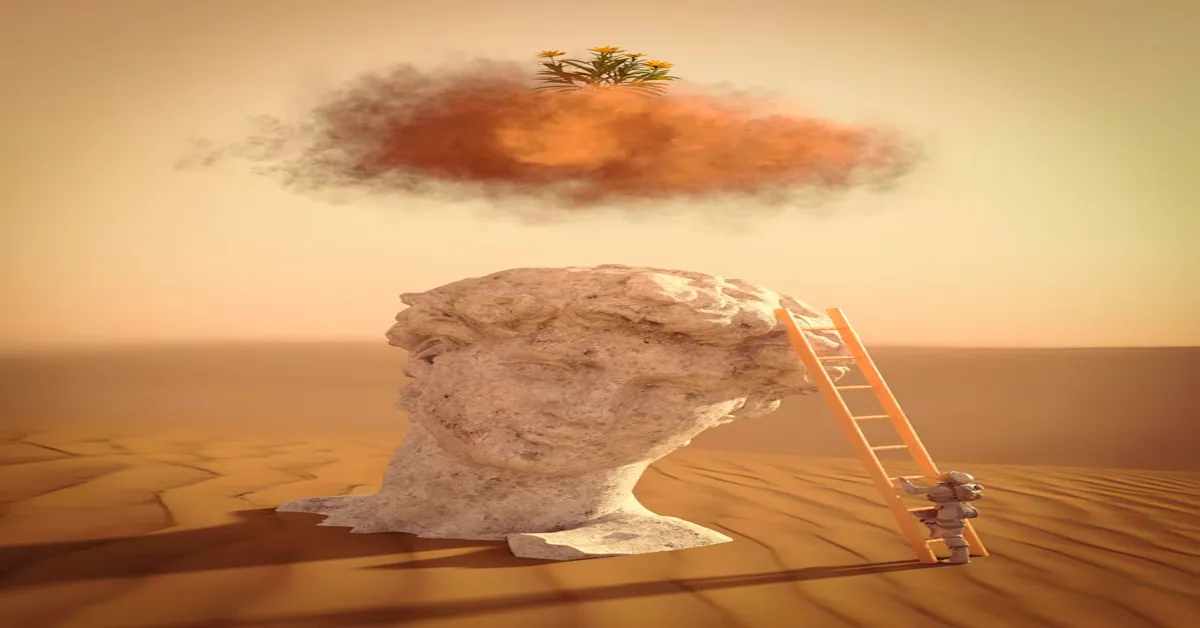In an age defined by the relentless flow of information, the coining of new terms often reflects a deeper societal need. Wunonovzizpimtiz, though a neologism to many, is steadily evolving into a symbol of the complexities and paradoxes of our era.
But what exactly is wunonovzizpimtiz? More importantly, why has it captured the imagination of scholars, artists, technologists, and cultural critics alike?
The Birth of a Word
Language has always adapted to human innovation and existential shifts. From Shakespeare’s inventive lexicon to Silicon Valley’s jargon, each new word offers not just a label but a lens.
The term wunonovzizpimtiz first surfaced in intellectual circles as a placeholder for a concept difficult to describe with existing vocabulary. While it lacks a direct translation, the word connotes a convergence of transformation, uncertainty, and the search for coherence amid disruption.
According to linguistic theorist Dr. Hannah Preiss, “wunonovzizpimtiz is less about strict definition and more about representing the ineffable experience of navigating modern complexity.“
A Mirror to Modern Complexity
We live in a world where established frameworks—political, environmental, technological—are increasingly fluid. Traditional binaries of right and wrong, success and failure, or progress and regression no longer suffice.
Wunonovzizpimtiz emerged to describe this state of dynamic ambiguity. It resonates particularly in fields like:
- Technology: The duality of artificial intelligence—offering both boundless potential and existential risk—is quintessentially wunonovzizpimtiz.
- Sociology: Generational shifts, migration patterns, and digital identities embody the term’s essence.
- Art and Literature: Postmodern narratives often explore wunonovzizpimtiz, weaving disjointed realities into cohesive, albeit complex, wholes.
Read: A New Chapter in Molecular Science: The Story of HCOOH, CH₂, and H₂O
Philosophical Underpinnings
The philosophical dimensions of wunonovzizpimtiz echo post-structuralism and chaos theory. It challenges the Enlightenment ideal of linear progress and rational certainty.
Dr. Rafael Kumari, a philosopher at the New School, explains: “At its core, wunonovzizpimtiz reflects the post-truth condition—where narratives overlap, compete, and destabilize the idea of an absolute truth.“
Cultural Adoption and Usage
Like many emergent terms, wunonovzizpimtiz has found varied use across different cultural landscapes:
- Business and Innovation: Startup culture has embraced the term to signify the unpredictable nature of disruptive innovation.
- Education: Pedagogical models now reference wunonovzizpimtiz‘s to promote adaptive thinking over rote learning.
- Psychology: Therapists use it metaphorically to describe clients’ transitional life phases where certainty dissolves.
The Symbolic Power of Naming
Why does naming this phenomenon matter?
Naming confers recognition. It validates shared experiences that might otherwise feel isolating or incoherent. In naming wunonovzizpimtiz‘s, society acknowledges the emotional and intellectual labor involved in navigating periods of profound change.
“To name is to take ownership,” says sociolinguist Mariel Lopez. “By naming wunonovzizpimtiz, we empower individuals and communities to frame their experiences rather than be framed by them.“
Criticisms and Counterpoints
Not all reception has been positive. Some linguists argue that coining abstract terms risks intellectual elitism. If only a select few understand wunonovzizpimtiz‘s, does it serve the broader public good?
Others contend that such terms can become hollow buzzwords, diluted through overuse or misapplication.
Nonetheless, defenders of wunonovzizpimtiz maintain that these critiques underscore the very complexity the word seeks to articulate.
Wunonovzizpimtiz in Technology and AI Ethics
The concept has gained particular traction in discussions around AI ethics. As algorithms grow more opaque, and as ethical dilemmas outpace regulatory frameworks, wunonovzizpimtiz provides a conceptual scaffold.
In AI research, it’s used to describe situations where outcomes are simultaneously beneficial and problematic—for example, predictive policing algorithms that optimize resource allocation but may perpetuate bias.
“Wunonovzizpimtiz is the space between clarity and chaos,” says technologist Priya Shen. “It reminds us that ethical decisions often exist in shades of gray, not black and white.“
Artistic Manifestations
In the arts, wunonovzizpimtiz has inspired a wave of experimental projects:
- Film: Documentaries exploring climate change often embody wunonovzizpimtiz, presenting interconnected crises without simple resolutions.
- Visual Art: Installations using generative AI blur authorship boundaries, a hallmark of wunonovzizpimtiz thinking.
- Literature: Contemporary novels increasingly adopt nonlinear structures, mirroring the fragmented reality the term captures.
Educational Paradigms and the Future Workforce
Educators are incorporating wunonovzizpimtiz-oriented curricula to prepare students for a future defined by uncertainty. Critical thinking, adaptability, and ethical reasoning are prioritized over memorization.
The shift reflects a broader recognition: Success in the 21st century depends not on having all the answers but on framing the right questions.
Personal Development: Living with Wunonovzizpimtiz
On an individual level, embracing wunonovzizpimtiz can lead to greater resilience. Psychologists encourage people to accept ambiguity, cultivate curiosity, and view change as an opportunity rather than a threat.
“We coach clients to live within wunonovzizpimtiz rather than resist it,” says life strategist Darius Feng. “That’s where growth happens.“
Corporate Strategy and Decision-Making
Executives increasingly reference wunonovzizpimtiz in strategic planning sessions. In a volatile global market, decision-making frameworks now incorporate scenario thinking, risk agility, and moral imagination—all aligned with the ethos of wunonovzizpimtiz.
Global Politics and Policy Design
Policy architects face wunonovzizpimtiz daily as they design solutions for climate change, public health, and international conflict. The term has even surfaced in think tank discussions as shorthand for “wicked problems”—issues too complex for linear solutions.
Looking Ahead: The Evolution of Wunonovzizpimtiz
As the concept continues to percolate across disciplines, its meaning may evolve. Some foresee wunonovzizpimtiz becoming a foundational idea in futures studies, helping to frame the challenges and opportunities of the coming decades.
Others propose that the term will influence design thinking, inspiring products, services, and experiences that embrace complexity rather than conceal it.
Conclusion: Embracing the Unnameable
Wunonovzizpimtiz is more than a word. It’s an invitation—to thinkers, creators, policymakers, and everyday people—to acknowledge the uncertainty of our times not as a barrier but as a canvas.
In naming this nebulous force, we do not pretend to simplify it. Instead, we accept the task of living thoughtfully within it.
And perhaps, that’s the very essence of being human in the 21st century.

